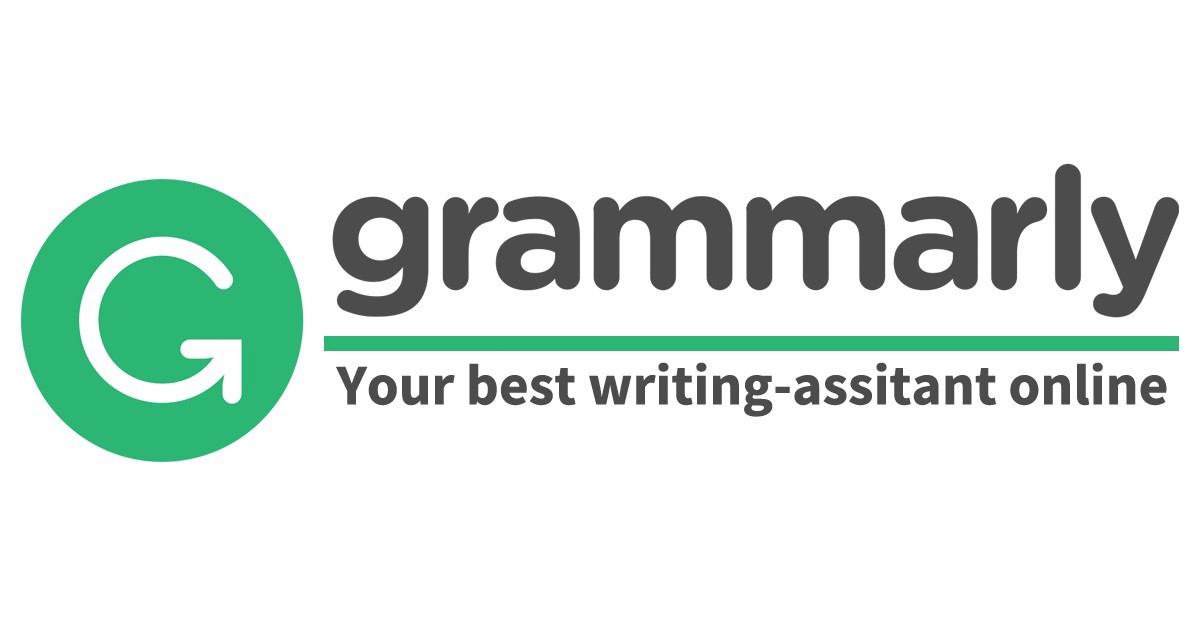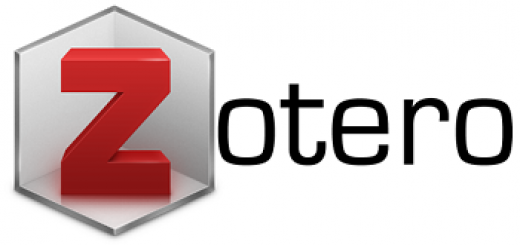Understanding of Requirements Engineering using The Three Dimensions of Requirements Engineering Method in Platform Development
Abstract
Requirements engineering is a critical activity in a development system project, the increasing need for complexity of software development and the heterogeneity of stakeholders in motivating the development of methods and the need to evaluate the engineering requirements needed and aim to lead to a large scale. This study presents a paper in an empirical form that aims to identify and understand the characteristics of the advantages and limitations of the developed platform so that we can know the challenges that will be faced, such as expectations and input from experts for the development of the platform that we develop so that it can be in accordance with what users expect. We conducted this research with the aim of understanding the engineering requirements in the research we developed by utilizing the three dimensions of the requirements engineering method, which consists of requirement elicitation, requirement specification, and requirement validation and verification. The research we conducted managed to understand the stages of needs engineering by producing many documents that help the platform development process. We get the most important UI value from attractiveness, clarity, efficiency, accuracy, stimulation, and novelty, which is 63.2% with a very interest rating, 55.6 with a very interest rating, 57.9% with a very interest rating, 44.4% with a balanced rating between interesting and very interest, 52.6% with an interesting rating, 42.1% with a very interesting rating. We get product values consisting of attractiveness, clarity, efficiency, accuracy, stimulation, and novelty, namely 68.4% with a very interest rating, 52.6% with an interest ng rating, 52.6% with a very interest rating, 47.4% with a balanced rating between interesting and very interest, 47.4% with a balanced rating between interesting and very interest, 47.4% with a balanced rating between interesting and very interest
References
R. V. Martono, SUPPLY CHAIN 4.0: Blockchain-Based and Platform-Based. Jakarta: PT Gramedia Pustaka Utama, 2020.
N. F. Lawita and W. L. Hardilawati, "Factors Influencing the Successful Use of Accounting Information Systems in Pekanbaru City Cooperatives," J. Akunt. , vol. 3, no. 2, pp. 1–13, 2019.
R. S. Wahono, "Reinvigorating Understanding of Requirements Engineering," 2006. https://romisatriawahono.net/2006/04/29/menyegarkan-kembali-pemahaman-tentang-requirement-engineering/ (accessed Jan. 01, 2023).
A. C. Pereira and R. de F. S. M. Russo, "Design thinking integrated in agile software development: A systematic literature review," Procedia Comput. Sci. , vol. 138, pp. 775–782, 2018, doi: 10.1016/j.procs.2018.10.101.
I. Udousoro, "Effective Requirement Engineering Process Model in Software Engineering," Softw. Eng. , vol. 8, no. 1, p. 1, 2020, doi: 10.11648/j.se.20200801.11.
K. Pohl, "The three dimensions of requirements engineering," Lect. Comput Notes. Sci. (including Subser. Lect. Artific Notes. Intell. Lect. Notes Bioinformatics), vol. 685 LNCS, pp. 275–292, 1993, doi: 10.1007/978-3-642-36926-1_5.
D. H. Bangkalang, N. Setiyawati, R. Tanone, H. P. Chernovita, and Y. T. B. Tacoh, "a Requirement Engineering in Reporting and Counseling-Based Assistance Application for Victims of Violence Against Women," J. Ris. Inform. , vol. 3, no. 4, pp. 311–318, 2021, doi: 10.34288/jri.v3i4.256.
A. Nurrifqhi, S. Widowati, and M. Imrona, "Implementation of User Centered Requirements Engineering in the Design of Applicationsi Agricultural Information Guides for Farmers," J. Comput. , vol. 4, no. 2, pp. 9–20, 2019, doi: 10.21108/indojc.2019.4.2.256.
R. Kusuma and N. Setiyawati, "Engineering the Needs of Web-Based Learning Management System (LMS ) Applications Using Kotonya and Sommerville Process Models," no. 5, pp. 50–59, 2022.
C. Mauger, T. Schwartz, J. Y. Dantan, and L. Harbouche, "Improving users satisfaction by using requirements engineering approaches in the conceptual phase of construction projects: The elicitation process," IEEM2010 - IEEE Int. Conf. Ind. Eng. Eng. Manag. , no. December, pp. 310–314, 2010, doi: 10.1109/IEEM.2010.5674471.
C. Coulin and D. Zowghi, "Requirements Elicitation: A Survey of Techniques, Approaches, and Tools," Eng. Manag. Softw. Requir. , pp. 19–46, 2005.
D. Gobov and I. Huchenko, "Software requirements elicitation techniques selection method for the project scope management," CEUR Workshop Proc. , vol. 2851, no. Itpm, pp. 1–10, 2021.
J. Duval Jensen, L. Ledderer, and K. Beedholm, "How digital health documentation transforms professional practices in primary healthcare in Denmark: A WPR document analysis," Nurs. Inq. , no. November 2021, pp. 1–11, 2022, doi: 10.1111/nin.12499.
T. Lantta et al. , "Prevention and management of aggressive behaviour in patients at psychiatric hospitals: a document analysis of clinical practice guidelines in Hong Kong," Int. J. Ment. Health Nurs. , vol. 29, no. 6, pp. 1079–1091, 2020, doi: 10.1111/inm.12742.
M. Harris et al. , "Barriers to management of opioid withdrawal in hospitals in England: a document analysis of hospital policies on the management of substance dependence," BMC Med. , vol. 20, no. 1, pp. 1–11, 2022, doi: 10.1186/s12916-022-02351-y.
J. Richardson, T. C. Ormerod, and A. Shepherd, "The role of task analysis in capturing requirements for interface design," Interact. Comput. , vol. 9, no. 4, pp. 367–384, 1998, doi: 10.1016/S0953-5438(97)00036-2.
C. Lane and N. Kruger, "How to Write a Software Requirements Specification (SRS Document)," perforce, Dec. 16, 2021. https://www.perforce.com/blog/alm/how-write-software-requirements-specification-srs-document (accessed Jan. 02, 2023).
T. A. Vakaliuk, O. V. Korotun, and S. O. Semerikov, "The selection of cloud services for er-diagrams construction in it specialists databases teaching," CEUR Workshop Proc. , vol. 2879, pp. 384–397, 2020, doi: 10.55056/cte.295.
J. Hakim Lubis and E. Muisa Zamzami, "Relational database reconstruction from SQL to Entity Relational Diagrams," J. Phys. Conf. Ser. , vol. 1566, no. 1, 2020, doi: 10.1088/1742-6596/1566/1/012072.
E. S. Mulyani, I. W. Agustin, L. Herfiyanti, and C. M. Sufyana, "Designing an Information System for the Completeness of BPJS IGD Claim Files Using Visual Studio at Muhammadiyah Hospital Bandung," JATISI (Jurnal Tek. Inform. and Sist. Information), vol. 9, no. 3, pp. 1784–1798, 2022, doi: 10.35957/jatisi.v9i3.2167.
X. Fei, C. Bin, and Z. Siming, "A Methodology of Requirements Validation for Aviation System Development," Proc. 32nd Chinese Control Decis. Conf. CCDC 2020, no. 525, pp. 4484–4489, 2020, doi: 10.1109/CCDC49329.2020.9164301.
F. Lang and A. Mjöberg, "Prototyping as a Requirements Engineering Technique. (thesis)," Lu-CS-EX, 2020.
D. N. Chasanah, A. N. Handayani, and I. A. E. Zaeni, "Microcontroller-Based Health Monitoring in the Elderly," Pros. Lemonmen. Nas. Technol. Electro Terap. , vol. 02, no. 01, pp. 123–128, 2018.
D. Arifin, I. S. Alafgani, C. Silaban, L. Marlinda, and R. Y. Hayuningtyas, "System Information of Elderly Health Monitoring," J. Inf. Syst. Applied, Manag. Account. Res. , vol. 4, no. 4, pp. 167–102, 2020, [Online]. Available: https://journal.stmikjayakarta.ac.id/index.php/jisamar/article/view/292.
Copyright (c) 2024 Risna Sari

This work is licensed under a Creative Commons Attribution-NonCommercial-NoDerivatives 4.0 International License.
Copyright Notice
The Authors submitting a manuscript do so on the understanding that if accepted for publication, copyright of the article shall be assigned to journal IJETS, University Of Technology Yogyakarta as publisher of the journal, and the author also holds the copyright without restriction.
Copyright encompasses exclusive rights to reproduce and deliver the article in all form and media, including reprints, photographs, microfilms and any other similar reproductions, as well as translations. The reproduction of any part of this journal, its storage in databases and its transmission by any form or media, such as electronic, electrostatic and mechanical copies, photocopies, recordings, magnetic media, etc. , are allowed with a written permission from journal IJETS, University Of Technology Yogyakarta.
Jurnal IJETS Board, University Of Technology Yogyakarta, the Editors and the Advisory International Editorial Board make every effort to ensure that no wrong or misleading data, opinions or statements be published in the journal. In any way, the contents of the articles and advertisements published in the journal IJETS, University Of Technology Yogyakarta are sole and exclusive responsibility of their respective authors and advertisers.













 This work is licensed under a Creative Commons Attribution-ShareAlike 4.0
This work is licensed under a Creative Commons Attribution-ShareAlike 4.0